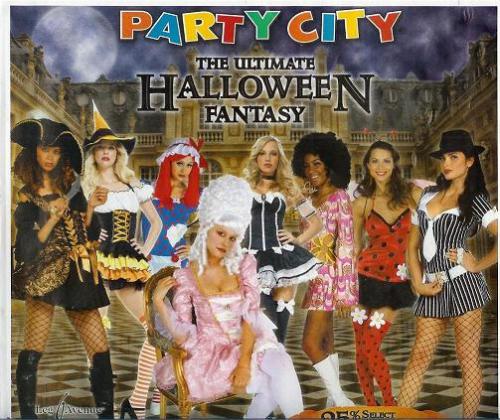
Dee Butterfly, cell phone photo of my oldest daughter when she was about eight years old, photo © 2003-2008 by ybonesy. All rights reserved.
I gave birth to Dee on Labor Day thirteen years ago.
“Some Labor Day!” folks joked afterwards.
It was a beautiful birth. I had her in our bedroom, attended by Jim, my best friend, and our midwife.
For a while I didn’t think I could do it. I was on my back pushing yet nothing was happening. Finally my midwife, who up to then sat quietly in a corner letting me be in control of my birth, came to check on me.
“Ah, your water’s not broken,” she said. I had told her it broke before she got there. “Go into the bathroom and visualize your water breaking. Once it breaks, the baby will come.”
I sat on the toilet and stared at the circles on the linoleum tile. Open, open, open, I said to myself. I closed my eyes and could see a faint imprint of circles in the darkness. Open, open, open. Splash! It worked.
Dee came in to the world in the early morning. I birthed her crouched on the floor beside our bed. The air was cool, sunlight soft. Mexican sunflowers stood guard outside our windows.
Every human being brings with him or her into the world a bundle of traits. Some characteristics deepen with love, others are quashed from lack of support. New talents and quirks emerge based on home life and the world at large, but I know with certainty that every one of us arrives with something and not as a blank slate.
Dee brought with her a fiesty attitude, curiosity, and a natural tendency to question and challenge. She was expressive, sensitive, argumentative. She held her fork in her fist while she waited for her meals, refused to take a bottle, and cried every time she woke up from a nap. She was serious and at times stern. She was also compassionate and could break out crying at the knowledge that someone or something was hurt.
Using the words Brave and Face in a sentence, Dee’s second-grade homework, image © 2002-2008 by ybonesy. All rights reserved.
Jim and I each grew up in homes that stressed respectfulness, courtesy, and good manners. Jim’s parents, especially, valued proper behavior in children. My parents did, too—Grandpa’s motto was, Children are to be seen and not heard. However, Mom’s tendency to rebel against anything conventional translated into exposure to many vices (poker and Black Jack games at any family gathering, smoking, drinking, cussing, etc.).
It was apparent early on that Jim’s ideas about the right way for children to behave would not set well with Dee. Although she was often quiet and inside herself, she never hesitated in voicing her opinions. If she didn’t understand something, she asked questions and always in a way that sounded like she didn’t quite believe what was being said.
Jim’s sister came to visit one day when Dee was three. We were at the kitchen table talking about something that happened when Dee insisted that Jim’s recounting of events was not right and began telling her version. Just as Jim was about to reprimand Dee for the interruption, his sister stopped him.
“Let her be. If you teach her to not speak up when she’s a child, she’ll have a hard time finding her voice as a woman.”
I joined Jim’s sister in describing how so many women I see at work are reserved and conditioned to neither debate nor question, how they let men dominate conversations and meetings. While courtesy was important, we said, Dee carried an innate respect for all humanity. If it came down to teaching proper manners, wouldn’t it be easier to learn good etiquette later in life than it would be to unlearn reticence?
To his great credit, Jim listened to the women in his life. In bringing up his daughters (because he was the one who had the most influence in their early lives) he has resisted the urge to constantly keep them in check. That’s not to say he is overly permissive; he still appreciates a well-behaved child.
For her part, little Miss Dee is a confident, newly annointed teenager. She can be quiet, especially among strangers—another one of those characteristics she brought into this world. But among her friends and family, she continues to speak her mind.
This morning Dee said that tonight she’s not going to cry over leaving behind her childhood. She’s ready for what’s next. (I, however, might be a different case altogether.)
Happy Birthday, Dee! You are an impressive young woman and human being.
[NOTE: I don’t normally publish photos of my family, but this photo of Dee was taken so long ago, plus with the face-painting, I decided it would be fine to share this one.]

























